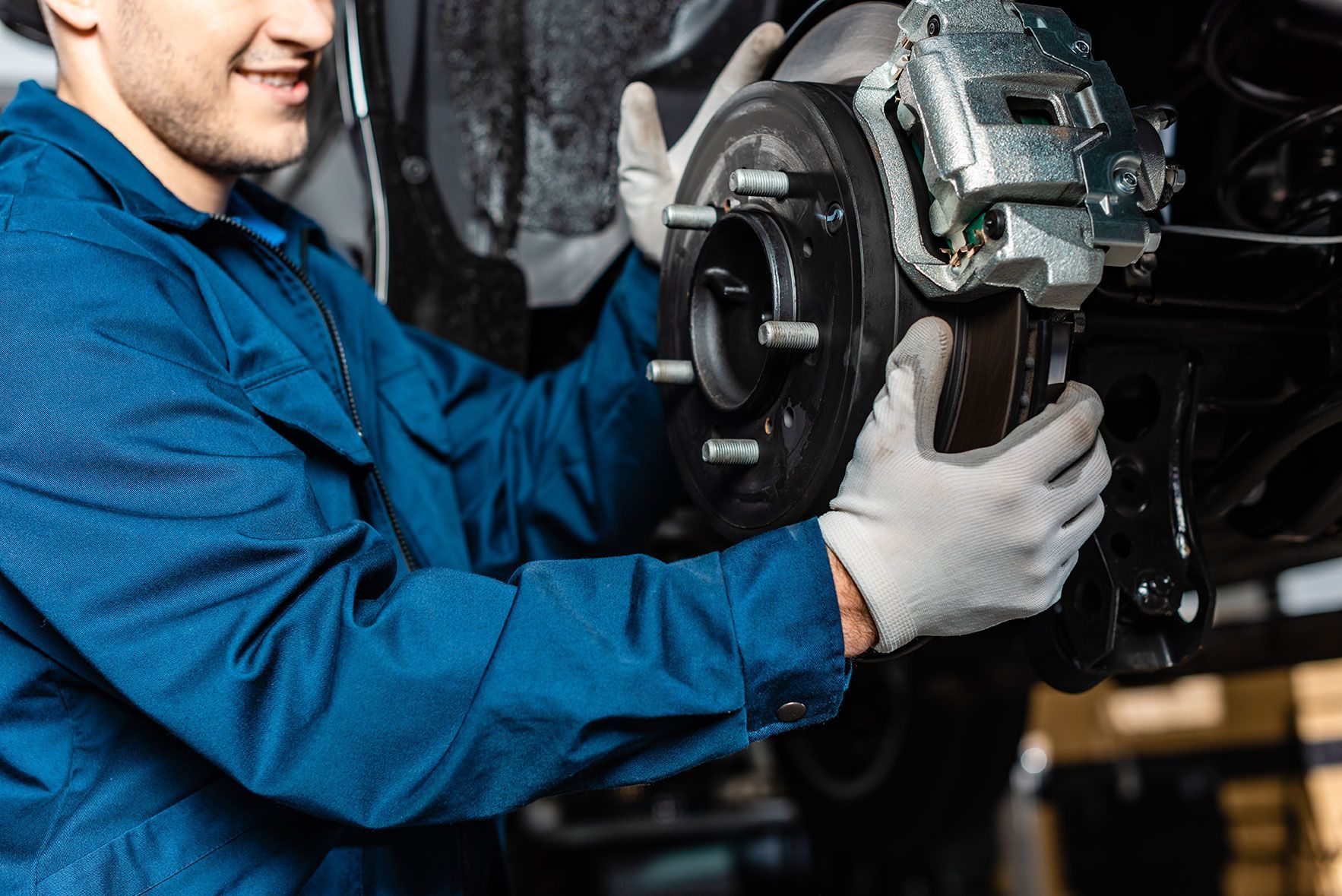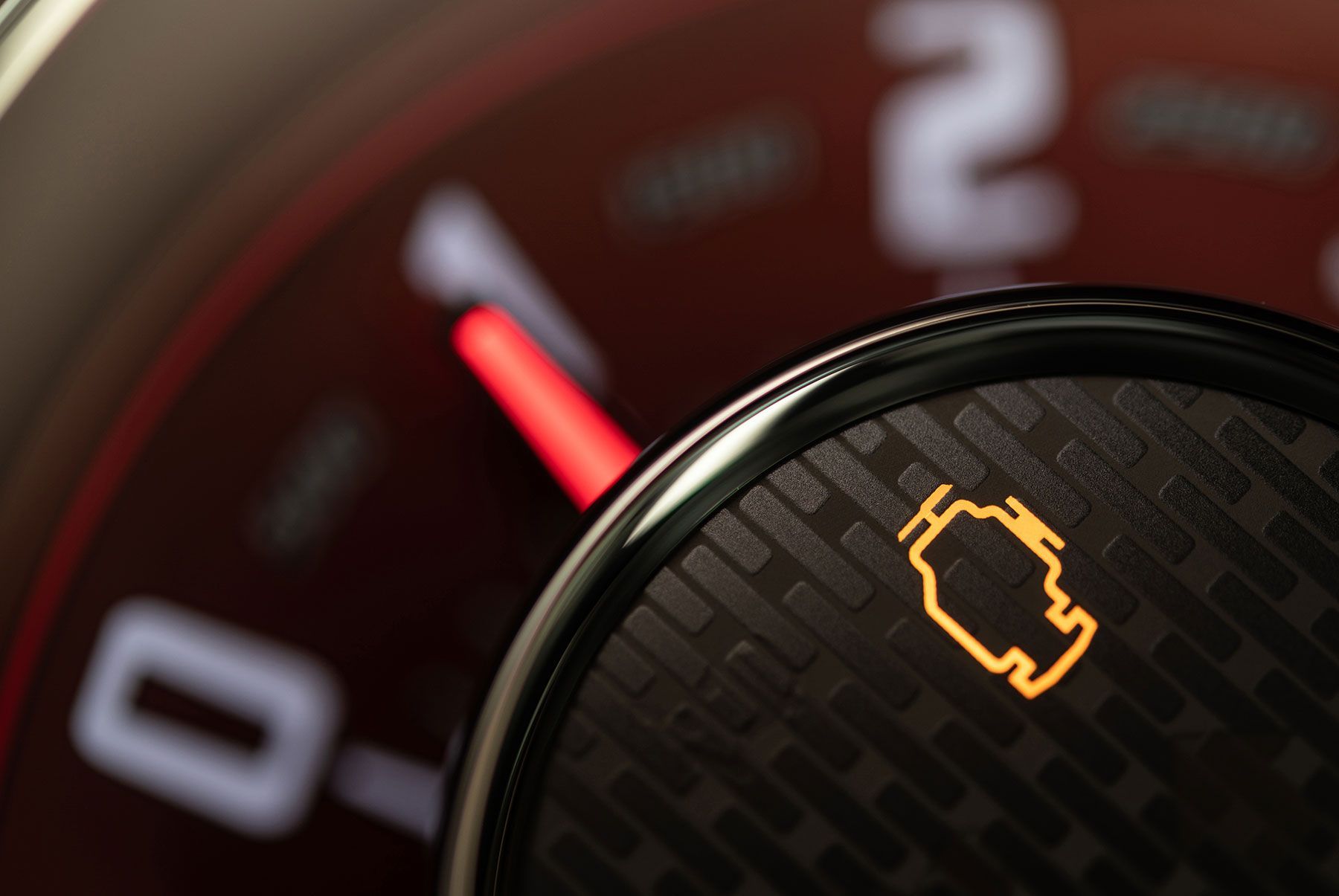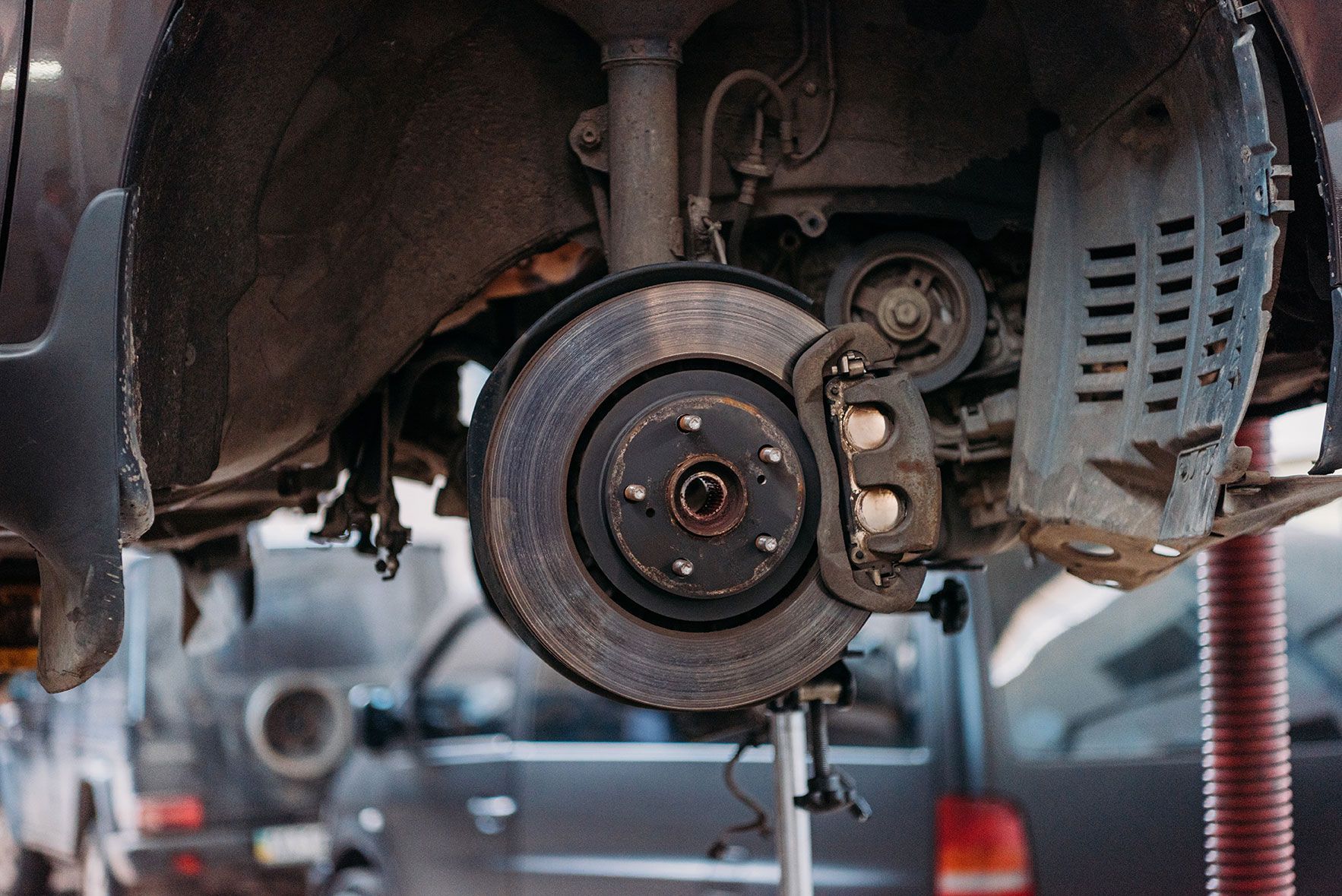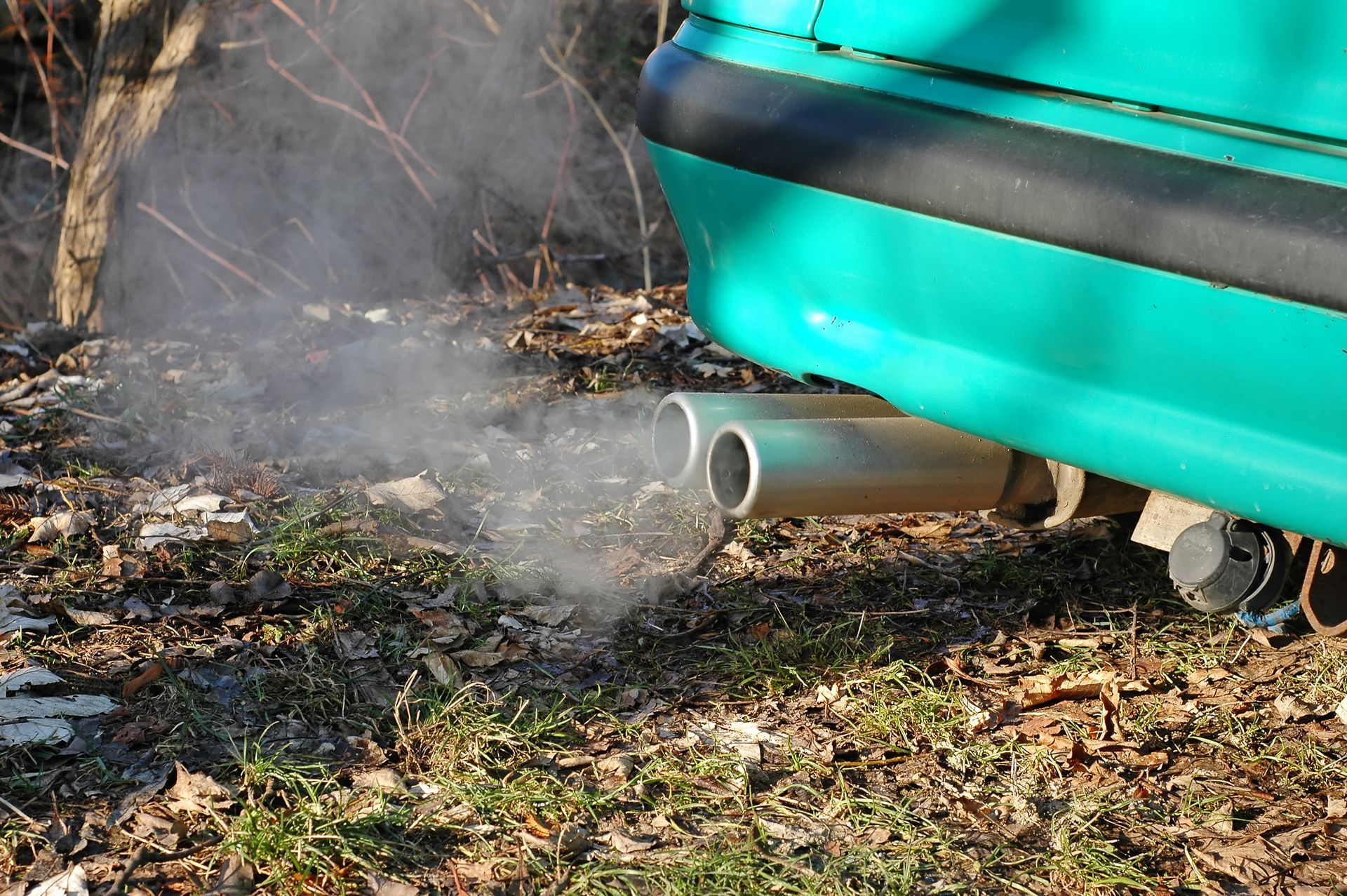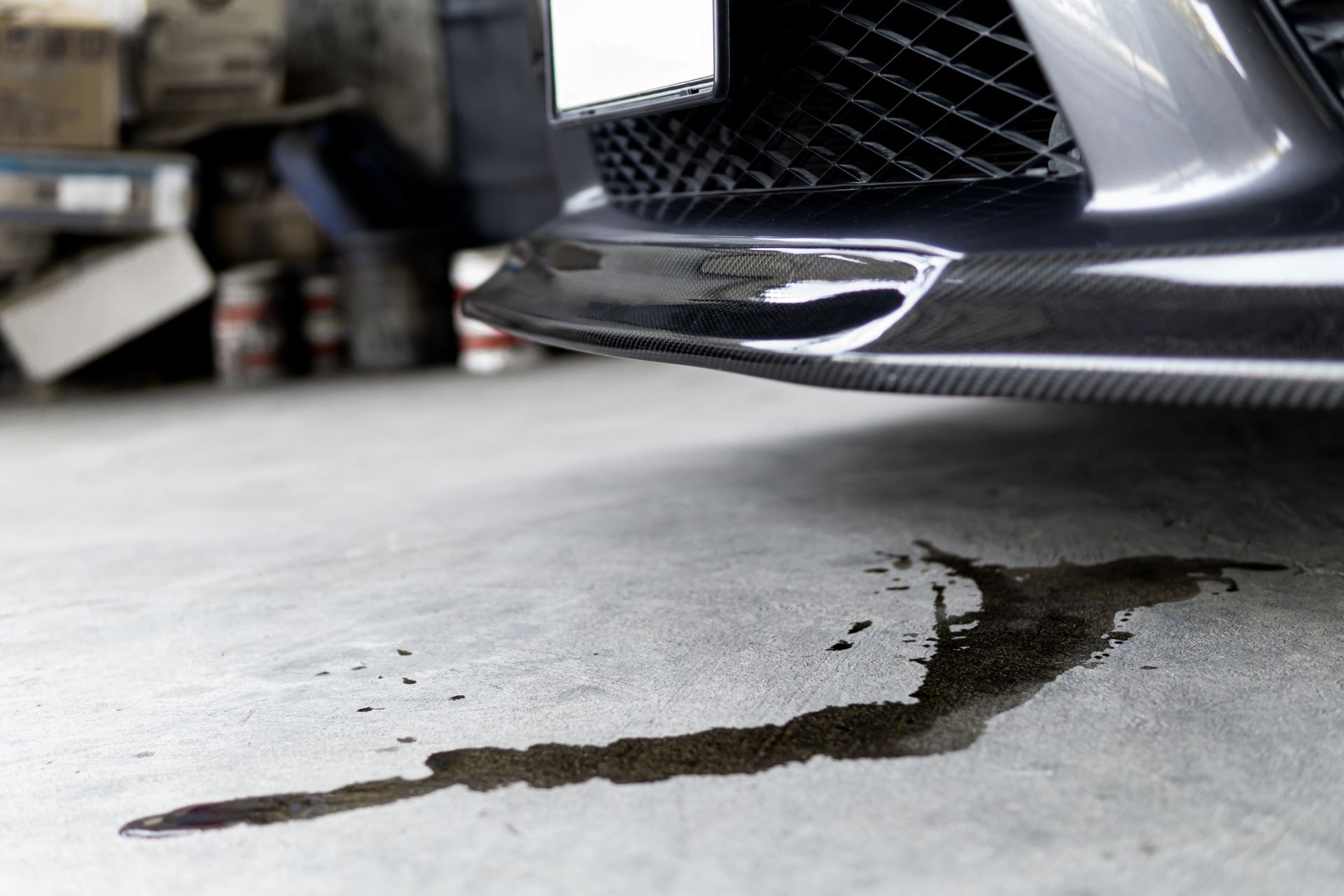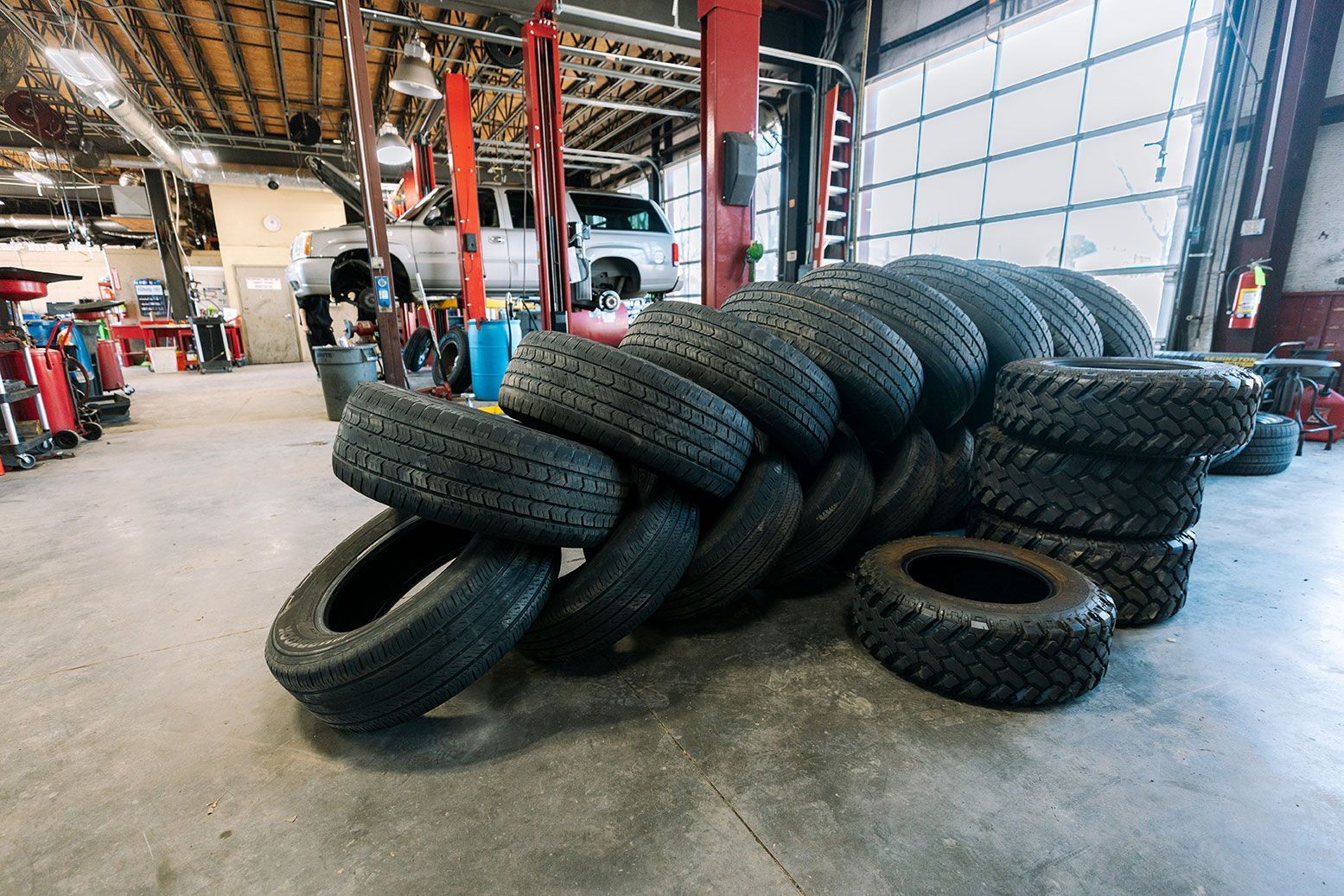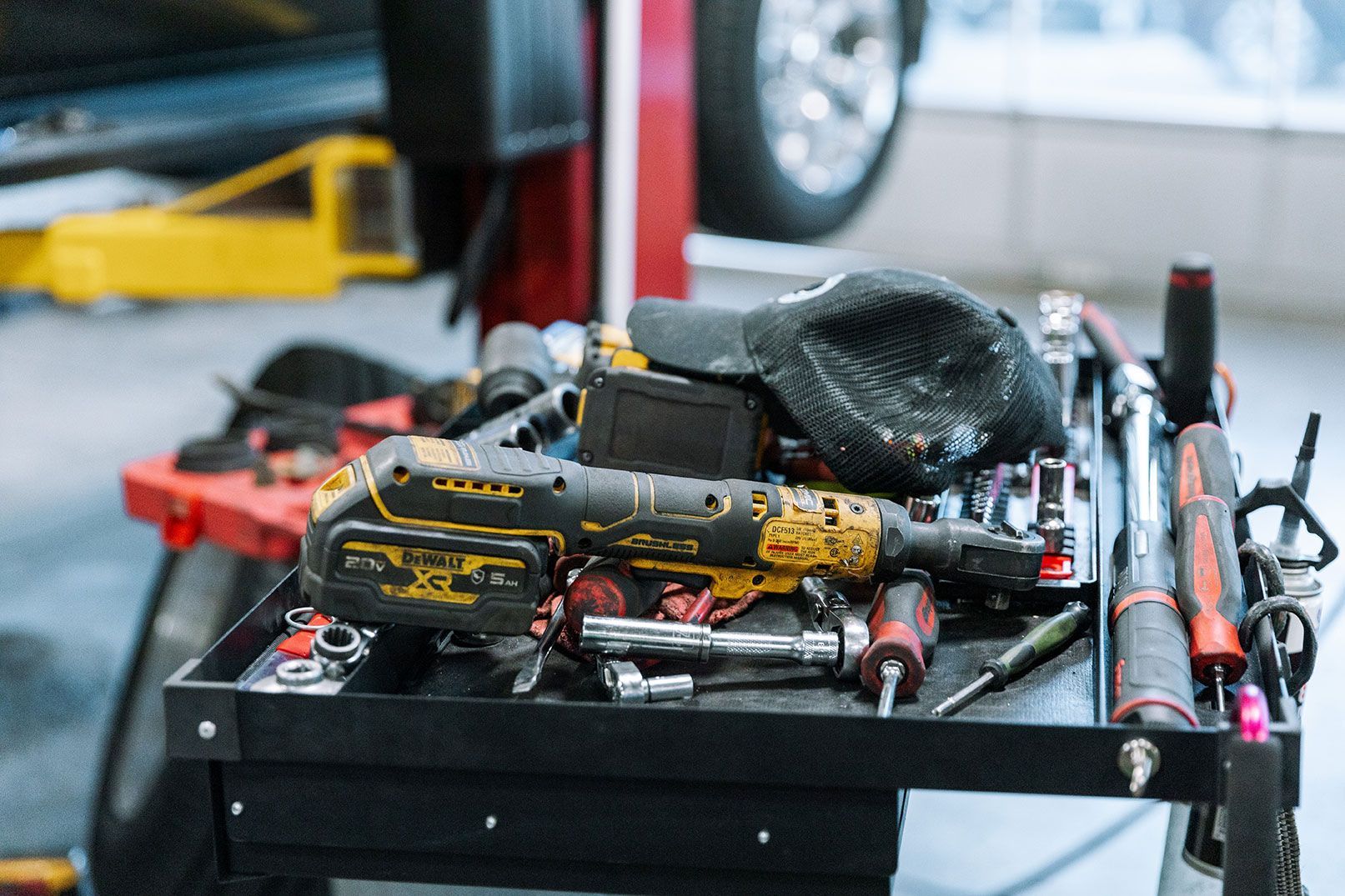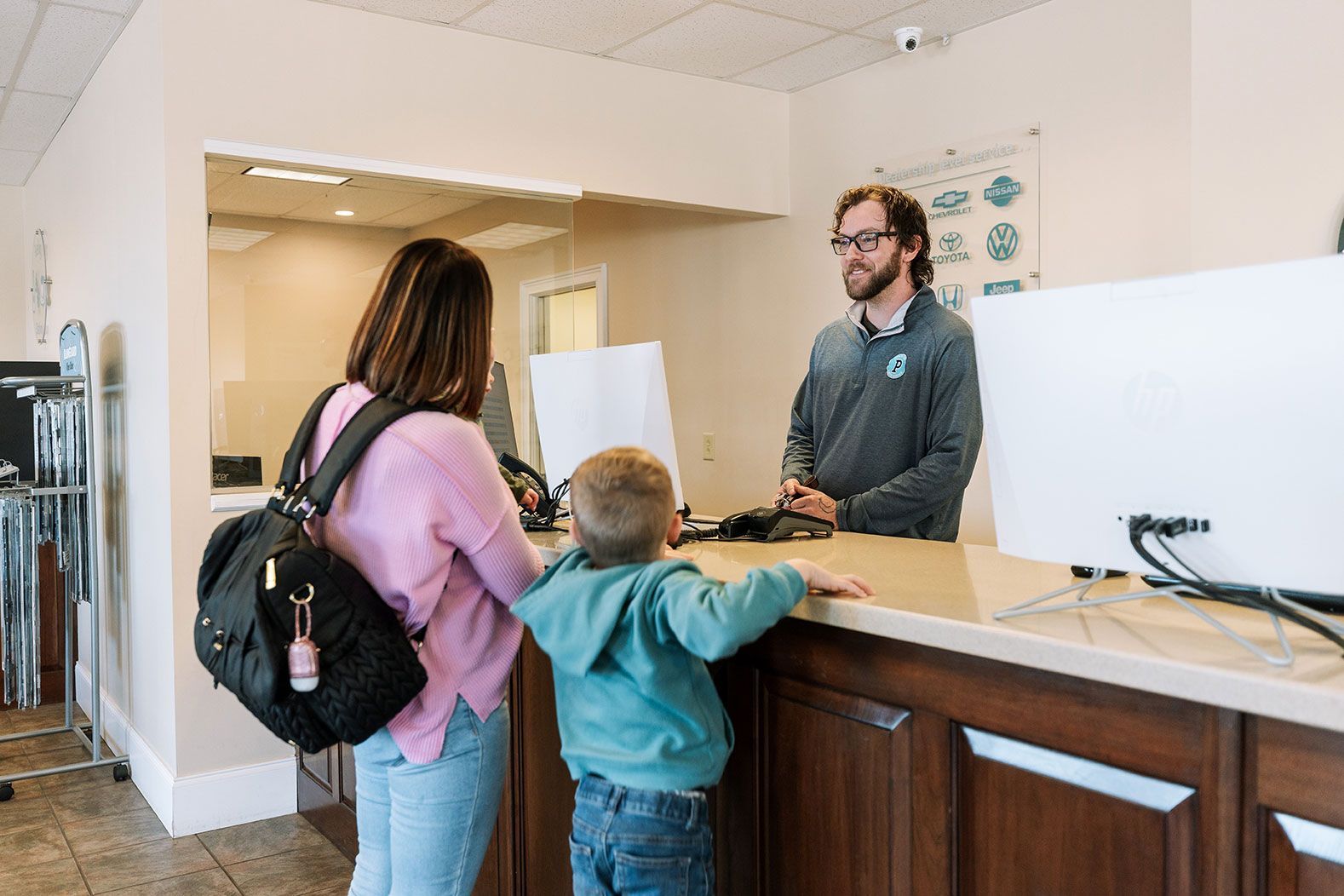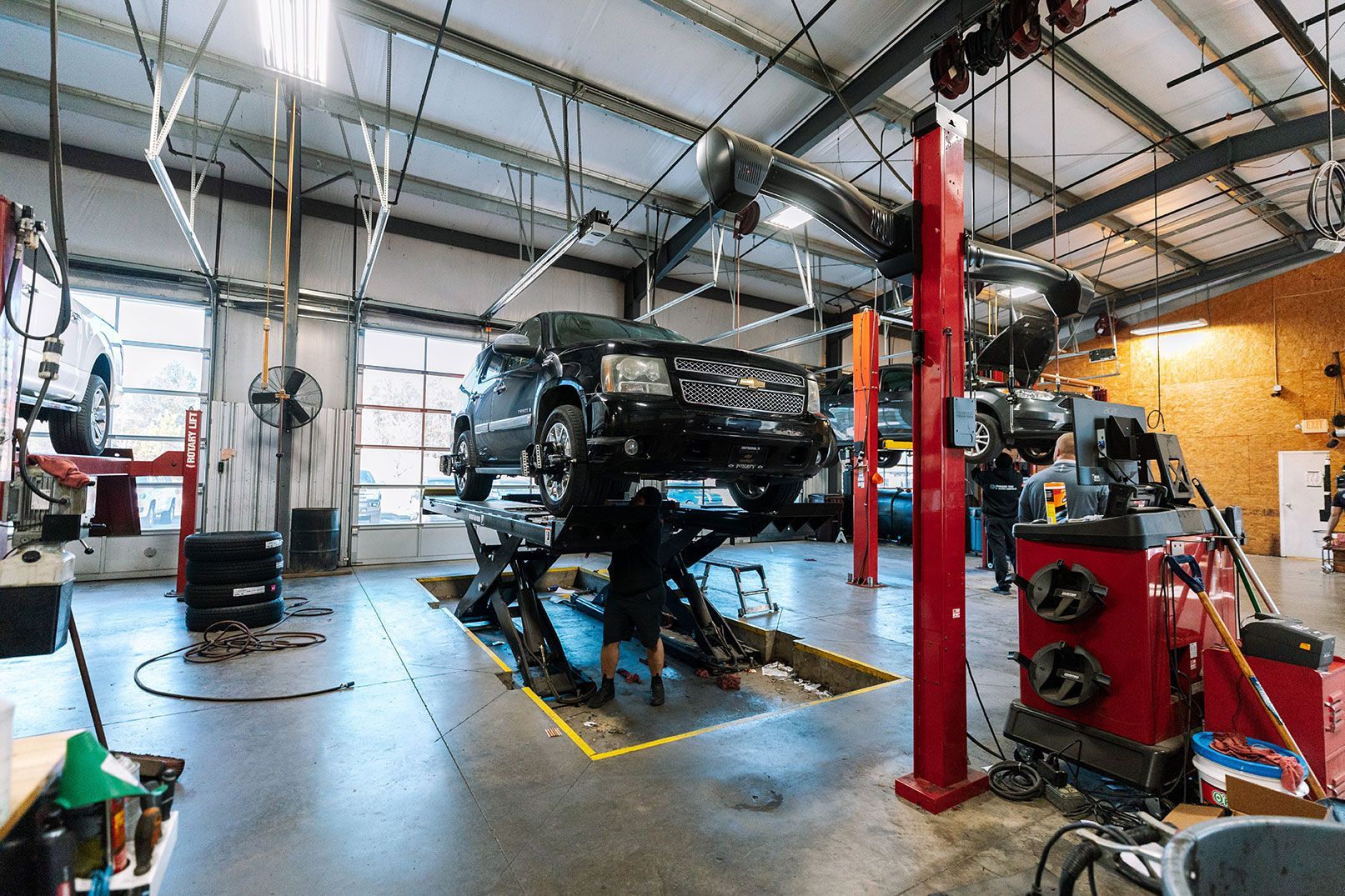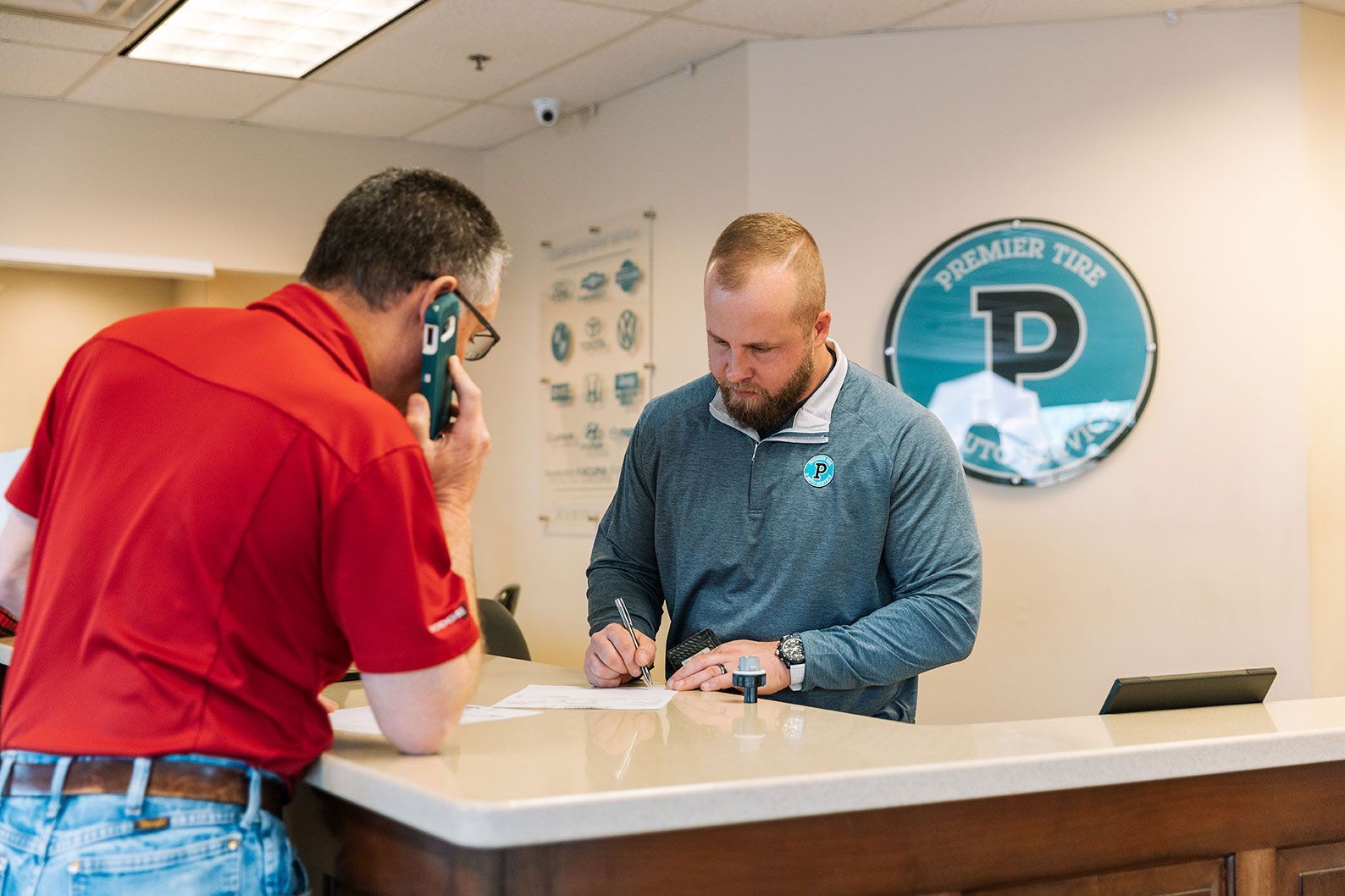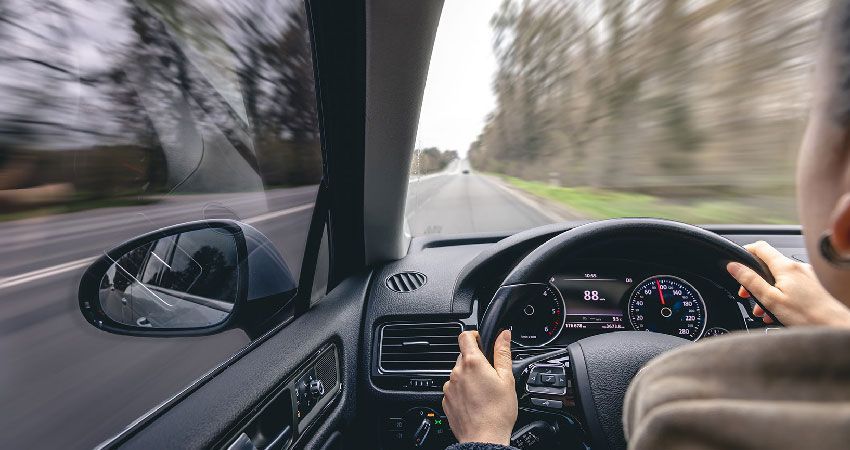
North American roads cover millions of miles of landscape through habitats that vary from desert and grassland to mountain or forest and everything in-between. While we enjoy the freedom of the open road, we are nearly always crossing through the homes of wild creatures which may venture out on the road at the worst time possible.
Follow these tips to avoid a collision with our natural neighbors.
1. Pay Attention - It may seem like the most basic of instructions, but in our tech-crazy world too often we are looking at things other than the road. Don't let a quiet highway lull you into a sense of false security. An animal can wander onto the road at any moment. Keep your eyes alert and watch for movement. When driving between stands of trees or crops like corn, note an animal entering the road may seem to appear out of nowhere, with very little warning.
2. Improve Your Night Sight - Make sure your windshield is clean and clear, especially when night driving. Use your high beam headlight setting when there are no oncoming vehicles and watch for the telltale glow of eyes reflected from your lights. Be extra careful at dawn and dusk when visibility is compromised and wildlife is on the move.
3. Slow Your Roll - Keep your speed under 70mph (110kph) after dark. Going any faster means you are out running your headlights, which means you cannot react fast enough to an obstacle to stop before a collision. During the day, consider slowing down in known habitats or where animal crossings are indicated by road signs. Slowing down may cost you a few minutes, but that's a much smaller cost in time and money than a high-speed collision with an animal.
4. If the Inevitable Happens - If you cannot avoid an animal hit, stay in your lane and hold your brake pedal to the floor. Nearly every car on the road now has anti-lock brakes, which will not only stop you quickly but will allow you to maintain steering control. If you have time, lay on the horn. This can break a light-induced trance in the animal and cause them to run out of harm's way. Swerving to avoid an animal may expose you to a much more dangerous collision with other vehicles or cause you to lose control of your car. Nobody wants to hit an animal but saving your own life and those of your passengers is your first priority.
5. After the Incident - If you strike a small animal it is likely you and your car will be unscathed. Larger animals like deer, elk and alligators are more likely to do serious vehicle damage and can even result in serious injury to vehicle occupants. If you have a collision with an animal do not try to treat the animal. Hurt animals can be very dangerous. If the animal remains alive after the hit, stay in your car and call authorities. They will respond to the incident, file a report, and take care of the animal in the most humane way possible. Regardless of the condition of the animal, most states require you report a large animal hit, and your insurance company will want a police report so do not be tempted just to drive away, even if your car is capable of leaving the scene.
We are lucky to share our roads and our world with an untold number of creatures great and small. A little caution and preparedness can help us get where we are going safely while preserving the lives of the creatures whose homes we drive through every day on our way to work, school and play.

